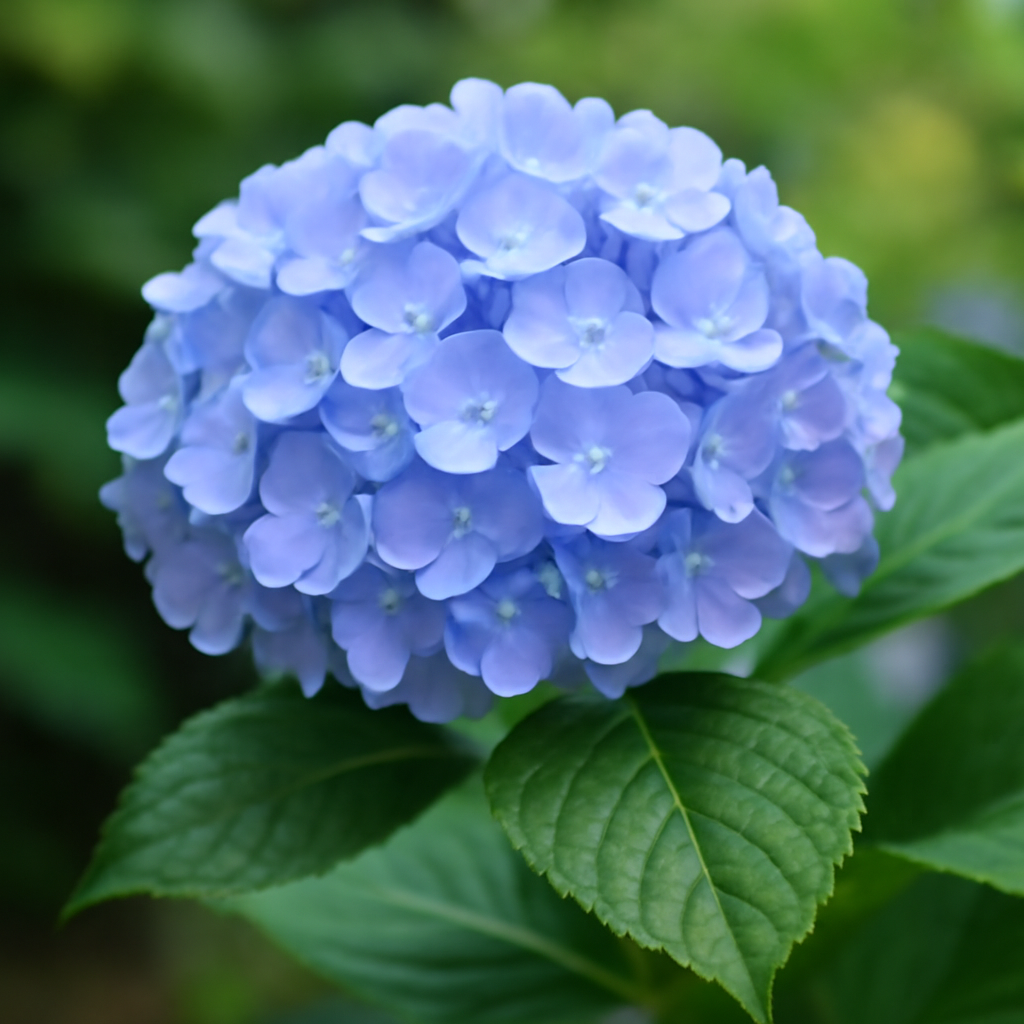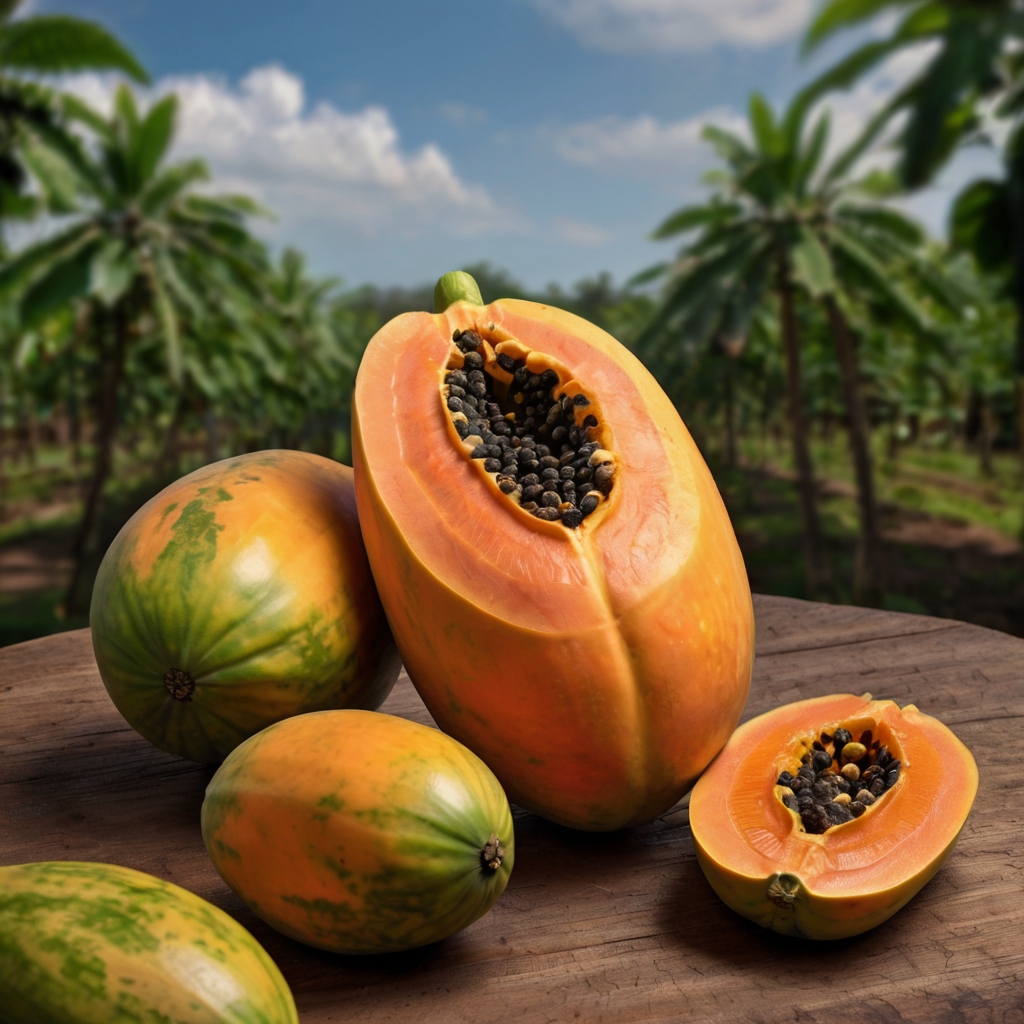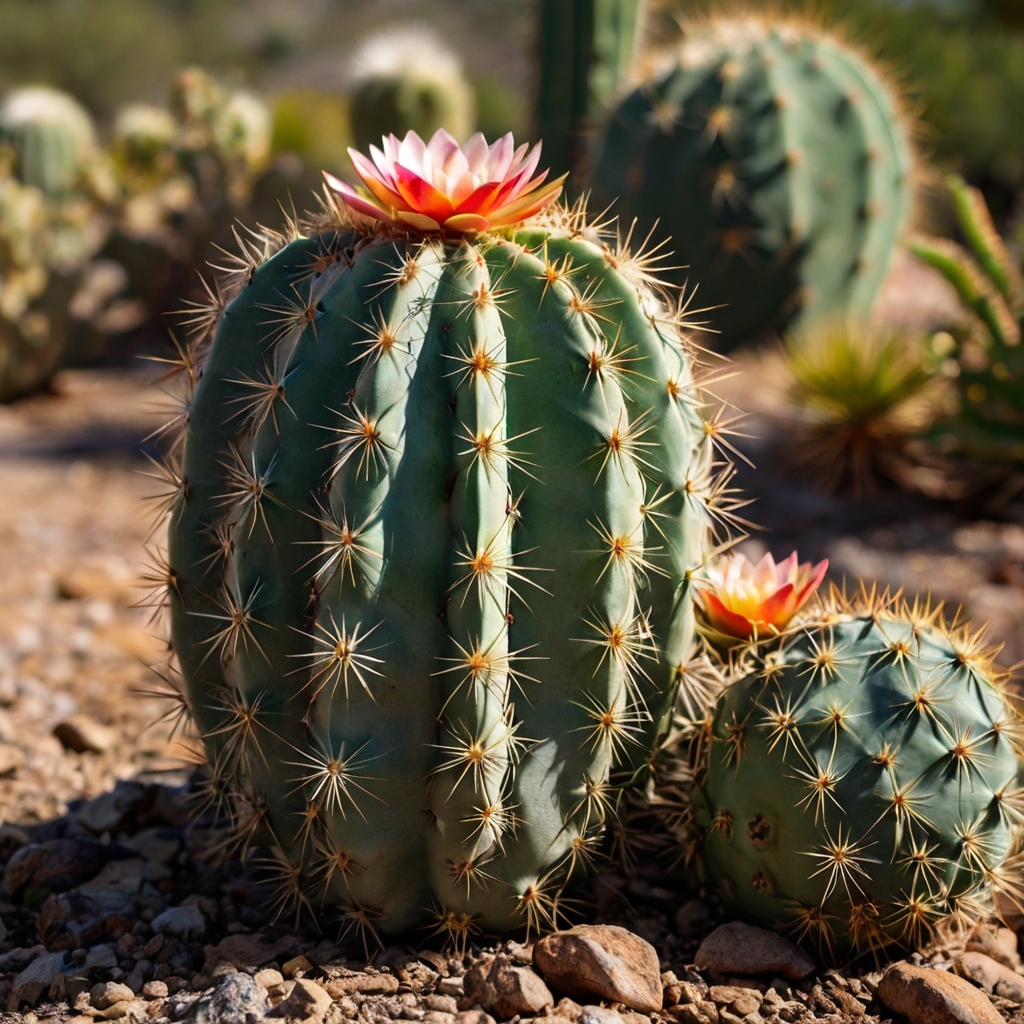The Hydrangea: Description, Distribution, Family, and Facts

More than 70 species of flowering plants belong to the genus Hydrangea, which is native to Asia and the Americas. Hydrangea is also the common name for the genus; some species are also called hydrangeas. By far the most species diversity in the genus can be found in eastern Asia, especially in China, Korea, and Japan. In addition to shrubs 1–3 m (3 ft 3 in – 9 ft 10 in) tall, some lianas climb trees and reach up to 30 m (100 ft). The widely cultivated temperate species are all deciduous, but they can also be evergreen.Many hydrangeas produce blue flowers when the soil is acidic, and pink flowers when the soil is alkaline.
Etymology of the Hydrangea
The word hydrangea derives from Greek and refers to the shape of its seed capsules. Originally, Hortensia was a Latinized version of Hortense, the given name of Nicole-Reine Hortense Lepaute, an astronomer and mathematician. The flower was named after Lepaute by Philibert Commerson. It was later named Hortensia when the flower became more widely accepted. As a result, people believed Lepaute’s name was Hortense, but the Larousse mentions that this is incorrect, and that the name is probably derived from hortus.
Life cycle of the Hydrangea
Hydrangea flowers appear in flowerheads from early spring until late autumn. Typically, flowerheads contain two types of flowers: small, non-showy fertile flowers in the center, and large, sterile showy flowers with large, colorful sepals . It is common for these showy flowers to form a ring or to grow on the outside of the small flowers. Compared to wild populations, cultivated hydrangeas have more large-flowered flowers because they have been bred and selected for larger flowers.
Among the hydrangeas with corymb-style inflorescences, there are two flower arrangements, including the commonly grown “bigleaf hydrangea”—Hydrangea macrophylla. A mophead flower has large, round flowerheads that look like pom-poms or, as its name implies, the head of a mop. Contrary to this, lacecap flowers bear flat, round flowerheads with a center and outer rings of showy sepals or tepals and subdued, small flowers. There are some rhododendrons and viburnums with flowers similar to those of some hydrangeas.
Colors and soil acidity of the Hydrangea
Depending on the pH of the soil, hydrangea flowers change color. Based on the graph, blue hydrangeas grow in soils with a pH of 5.5 or lower. Pink hydrangeas grow in soils with a pH of 6.5 or higher, while purple hydrangeas grow in soil between 5.5 and 6.5.
It is possible for the color of hydrangea flowers to change depending on the pH of the soil. Graph 1 shows that blue flowers will grow in soil with a pH of 5.5 or lower, pink blooms will grow in soil with a pH of 6.5 or higher, and purple flowers will grow in soil between 5.5 and 6.5. The pH of soil cannot affect the color of white hydrangeas because they do not produce pigment. As a result, while the hue of the inflorescence depends on cultural factors, the color saturation is genetically determined. The flowers of most species are white. Color saturation levels range from palest pinks to deep, rich purples, reds, and royal blues in some species, including H. macrophylla. This species’ flower color is influenced by the availability of aluminium ions in the soil. A soil with a pH below 7 will have available aluminium ions and will typically produce blue to purple flowers, whereas a soil with a pH above 7 will tie up aluminium ions, resulting in pink or red flowers. A color change of flower pigments occurs in the presence of aluminium ions, which can be taken up by hyper accumulating plants.
Cultivation and uses of the Hydrangea
The most widely grown hydrangea is Hydrangea macrophylla, known for its large flowerheads. More than 600 cultivars have been named, many with large sterile flowers in the flowerheads. The hydrangea macrophylla, also known as bigleaf hydrangea, can be classified into two main types; mophead hydrangeas and lacecap hydrangeas. It is best to prune some trees when new leaf buds appear each year. The bush will grow very leggy if not pruned regularly, until its weight outweighs its strength, at which point it will sag down and possibly break. There are other species that only flower on “old wood”. As a result, new wood produced by pruning will not produce flowers until the following year.
There are diuretic properties associated with Hydrangea root and rhizome, which are indicated in the Physician’s Desk Reference for Herbal Medicine for treating urinary tract conditions. Hydrangeas contain cyanogenic glycosides in all parts of the plant, which makes them moderately toxic to eat. There is some evidence that Hydrangea paniculata is sometimes smoked as an intoxicant, despite its potential for illness and/or death.
Depending on the soil acidity, hydrangea shrubs can produce blue, pink, or white flowers at different times of the year. Add organic materials such as coffee grounds and citrus peel to increase acidity and turn hydrangea flowers blue. According to the American Nursery and Landscape Association, a pink hydrangea called Vanilla Strawberry has been named a “Top Plant.”



